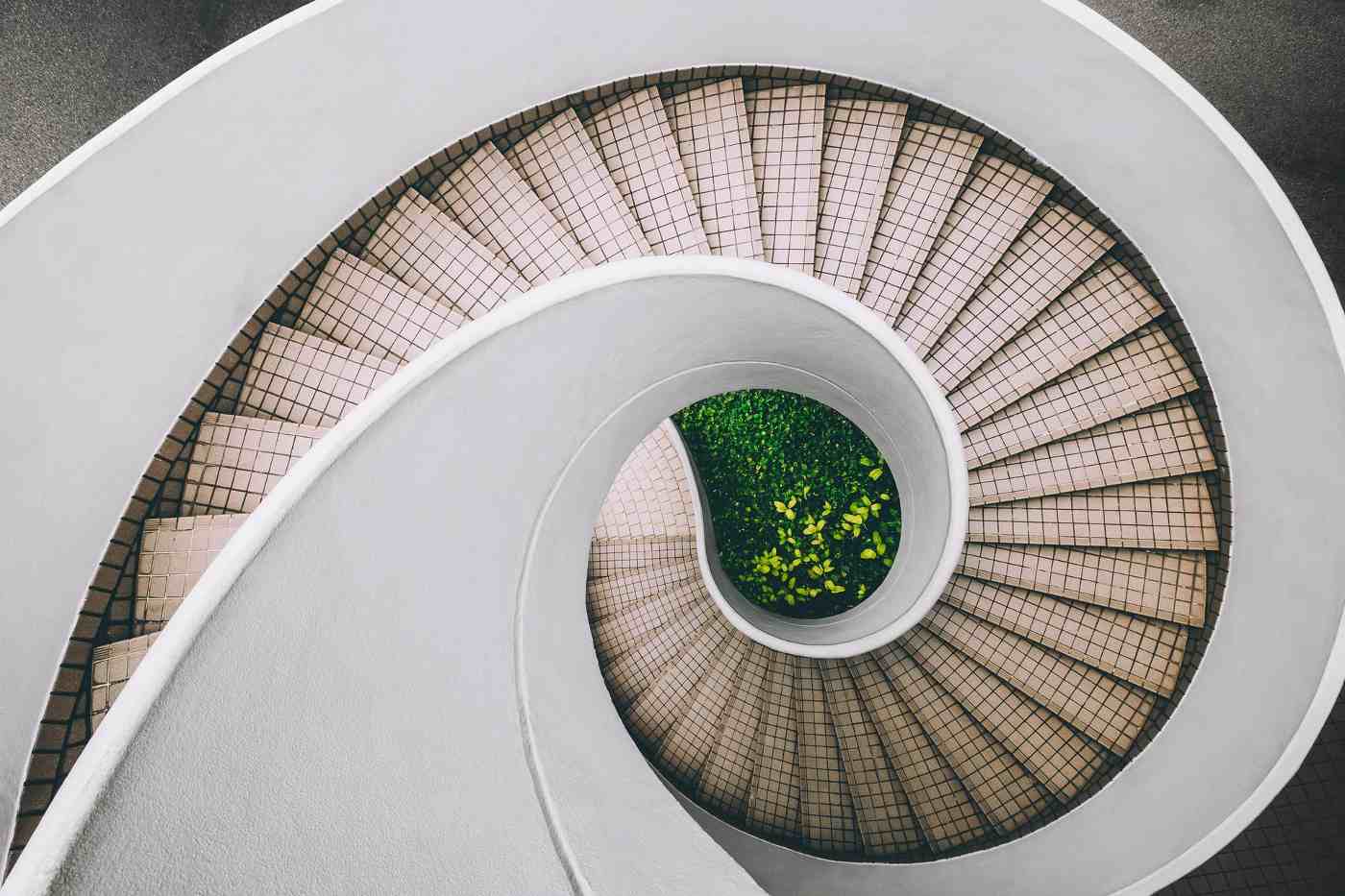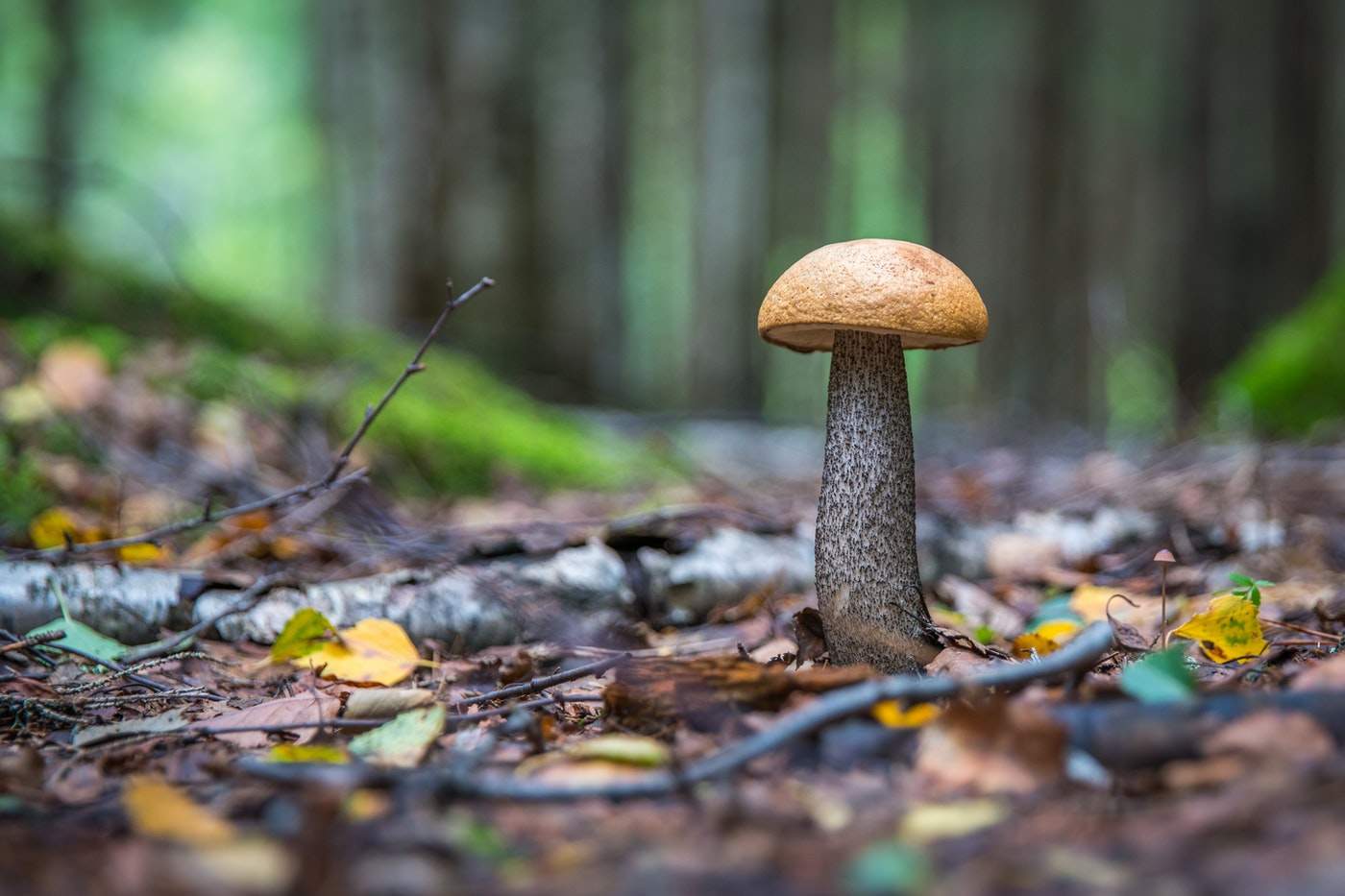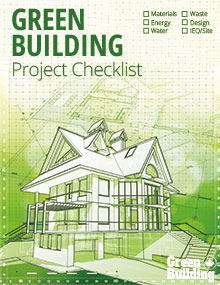Sustainable building materials are gaining traction now in everything from public buildings to rental properties, but in the future, we’re likely to use materials that don’t just not harm the planet, but actively help it.
Living building materials are being developed around the world right now, and they offer some astonishing possibilities for supporting the building industry as it prepares for a net-zero future.
In this post, we’ll take a walk on the cutting edge and investigate how one ubiquitous building material, the humble brick, could catapult us into the future.
What Are Living Building Materials?
Living building materials could be described as one application of engineered living materials (ELM), materials created with the use of living microorganisms.
Founder of the Living Materials Laboratory at the University of Colorado Boulder, Wil V. Srubar III, offers a definition of ELMs, describing them as “engineered materials composed of living cells that form or assemble the material itself and modulate the functional performance of the material postproduction.”
He writes that researchers in the ELM field “engineer bacteria, fungi, plants, mammalian cells, and diverse consortia of those organisms to produce—and persist within—complex, biologically active materials” that can be used in construction and other applications.
Living building materials, then, aren’t the same as natural building materials. A natural material like cork is also composed of plant material, but that material is already dead. Living building materials, as Srubar says, “provide continued biological functions.”
Bacterial Bricks
In 2020, Srubar’s team grew living bricks out of cyanobacteria. As he tells The Conversation, the bacteria were engineered to make calcium carbonate, which the team combined with sand and gelatin and formed into blocks. The calcium carbonate mineralized the gelatin, which produced a biocement that bound with the sand and produced blocks that were strong and durable.
Growing the bricks with living bacteria enabled the team to manufacture the bricks in a new, more organic way, as well. Rather than produce bricks individually, the team split them, growing two bricks from a single one, four bricks from two, and so on.
Bricks made from bacteria are a close cousin of bacterial self-healing concrete. In this type of concrete, calcium lactate is added in the manufacturing process, along with specialized bacteria.
The bacteria lie dormant until exposed to the water particles that seep through concrete structures when they crack. Once revived, the bacteria consume the calcium, producing limestone in the process and effectively sealing the cracks and extending the life of the structure.
Mycotecture
Mycelium is the fungal root system that produces mushrooms. In the wild or in agricultural settings, mycelium creates strong underground networks of fibers that form a matrix that supports and feeds mushrooms as they grow.
Under other controlled conditions, however, mycelium can be grown into moulds, like blocks, and dried out before they begin to produce mushrooms.
These blocks are, according to Inhabitat, stronger than concrete. They’re also lightweight, mould and fire-resistant, compostable and produced with waste materials like agricultural or wood waste.
The most famous example of mycotecture has probably been architect David Benjamin’s 2014 “Hy-Fi” tower, a 13-metre-high tower made from 10,000 mycelium bricks that temporarily graced the courtyard of MoMA in New York and provided sheltered seating for patrons.
While mycelium is in widespread use as packaging, faux leather and plant-based meats, there are many pilot projects around the world growing everything from small structures to insulation.
Srubar notes that companies currently producing mycelium products are producing materials “that are ultimately rendered inert postproduction,” but he suggests that there’s promise for this technology to serve as a matrix for other, living microorganisms on a large scale.
Microbial Fuel Cells
Microbial fuel cells (MFCs) use microorganisms to produce electricity. Microorganisms contained in the cell feed off and oxidize organic matter (including waste matter), a process that releases electrons that the MFC harnesses.
The technology is especially exciting because it has the potential to solve two issues at once, treating wastewater as well as producing electricity from it.
The power generated by each cell is small, but it’s a technology that could be scaled up to generate electricity for buildings that are more difficult to power through other renewable technologies. One way to do that is through the creation of living walls of fuel cells.
In 2019, a team from the Bristol BioEnergy Centre and the National Institute for R&D in Electrical Engineering ICPE-CA studied the possibility of integrating MFC technology into buildings. The team used ordinary house bricks as MFC reactors and fed the microorganisms with human wastewater.
The team perforated the bricks and effectively turned them into MFC power stations, generating 1.2 mW (13.5 mW m−2) with standard European bricks and 2.7 mW (32.8 mW m−2) with Ugandan air bricks.
They concluded that “the idea of converting existing and future buildings to micro-power stations and micro-treatment plants with the help of integrated MFCs and other renewable technologies is achievable.”
How Might Living Building Materials Fight Climate Change?
The impacts living building materials will have on our energy transition efforts will be varied. Growing building materials on site would take a huge chunk out of the industry’s transportation emissions, while replacing conventional cement with biocement would go a long way towards lowering a building’s embodied carbon.
Carbon sequestration (for example, using cyanobacteria, which absorb carbon dioxide) will be another way living buildings could reduce the amount of carbon the building industry emits. And if these materials could incorporate on-site electricity generation, the impacts could be hard-hitting.
When Can We Start Building with Them?
To make these incredible materials in a lab is, of course, one thing, but to use them in a built environment is another. While some of these advancements are currently still in testing phases, others are in commercial production right now.
An American company called Biomason has been growing biocement since 2012 and using it to create precast tiles with a low carbon footprint. Mycelium has likewise been on the market for a while, largely in the form of packaging and plant-based meats.
The more support we give green innovation and design (whether that’s donating to research projects, spreading the word about innovative work or asking governments to better fund green start-ups), the closer we’ll get to seeing what living building materials are capable of.
Researchers in the field see a bright future for living building materials, not just in conventional building applications, but in transforming what we think buildings can do. “If nature can do it,” says Srubar, “living materials can be engineered to do it, too.”
Feature image: Dan Freeman; Image 1: Egor Kamelev



